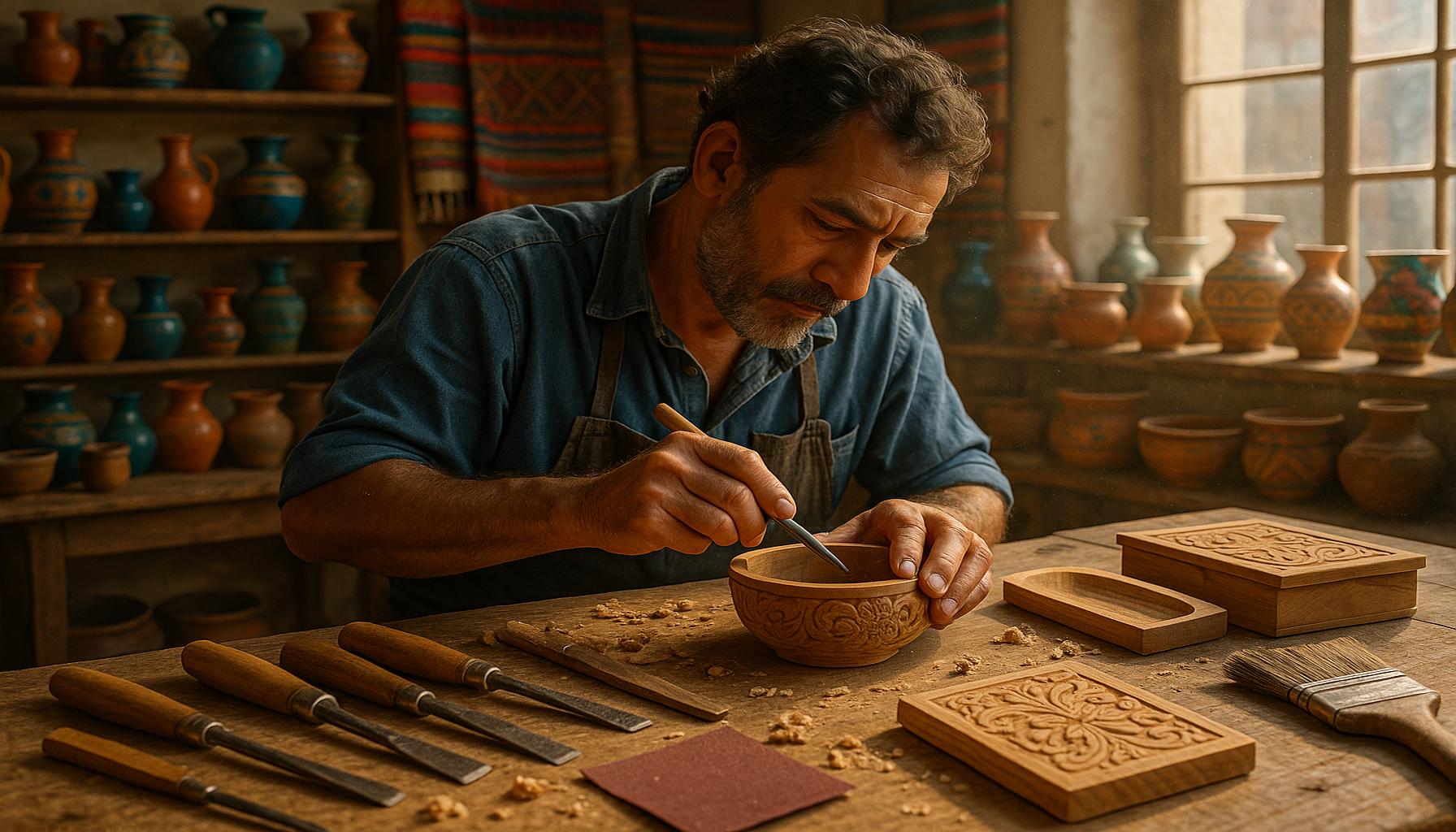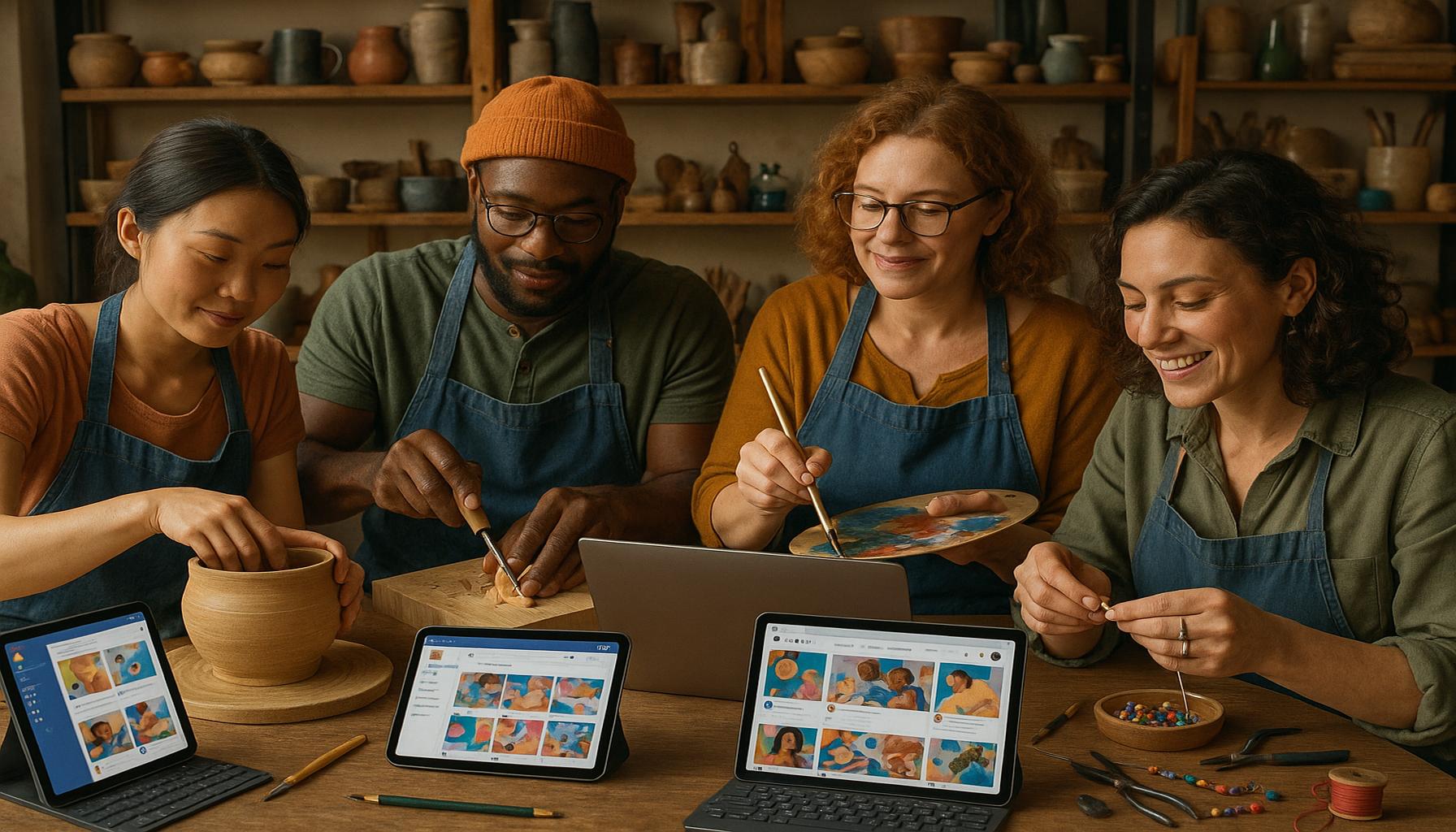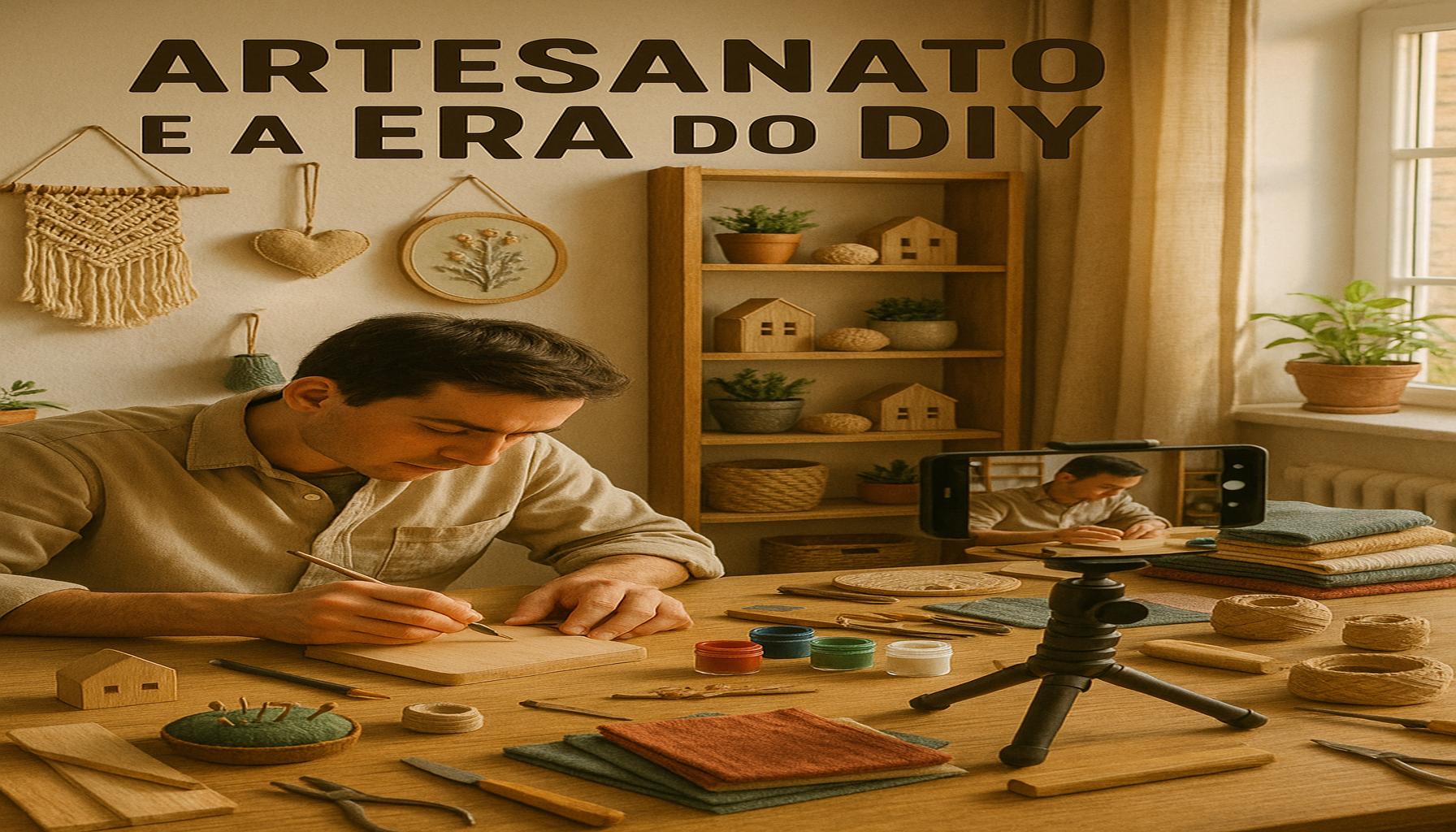The Evolution of Digital Craftsmanship: Tools and Trends for Modern Creators
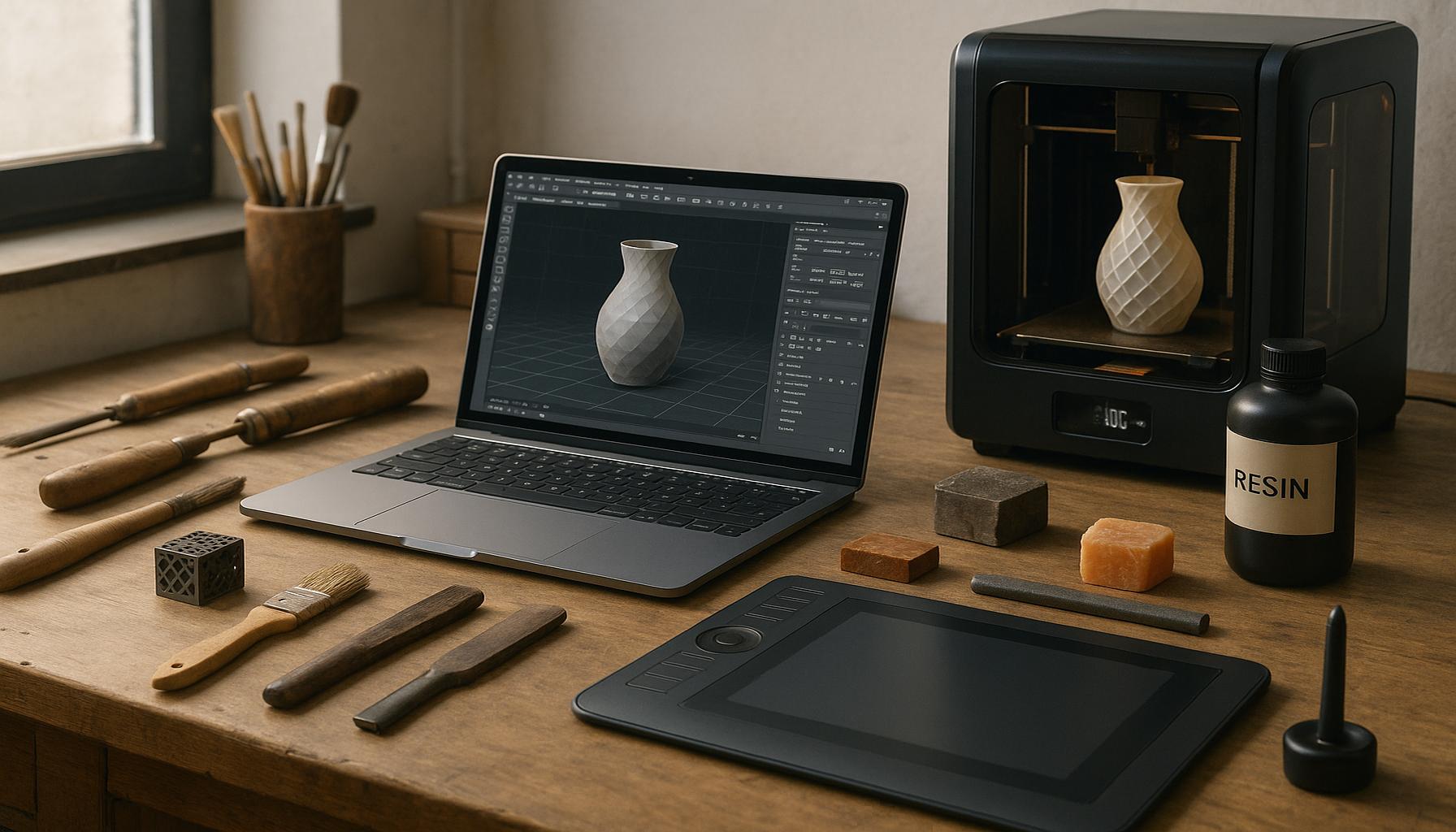
Transformative Digital Tools
The realm of digital craftsmanship is burgeoning, propelled by tools that not only enhance artistic capabilities but also redefine the concept of creativity itself. Among the most notable of these tools is Adobe Creative Cloud, a suite of applications that has become the industry standard for graphic design, photo editing, and video production. Applications like Photoshop and Illustrator enable artists to create complex visuals, while Premiere Pro revolutionizes video editing, allowing creatives to bring their stories to life seamlessly.
Meanwhile, Blender has emerged as a game-changer in the world of 3D modeling and animation. This open-source platform stands out due to its powerful features, and its accessibility fosters a vibrant community of creators who share their work and knowledge. From indie game developers to students learning the ropes of animation, Blender serves as a critical intersection for innovation and collaboration.
Procreate, an iPad application, has further democratized illustration by providing a tactile and intuitive interface that appeals to both professional and budding artists. Its blend of traditional techniques with a digital format fosters endless experimentation, allowing users to push the boundaries of what is possible with digital art.
Collaborative Landscapes
The evolution of digital craftsmanship is not just about individual creativity; it also emphasizes collaboration. Platforms such as Behance allow artists to showcase their work and receive feedback from a global audience, while communities on Discord facilitate real-time conversation and collaboration on projects. These online spaces transform the way creators interact, fostering a spirit of collective growth where critiques and encouragement fuel artistic journeys.
Take, for instance, the thriving community of graphic designers on Behance. They regularly host virtual challenges that encourage peer feedback and collaboration, leading to a rich exchange of ideas. This facilitates not just individual improvement but also a communal sense of advancement, where the achievements of one can inspire another.
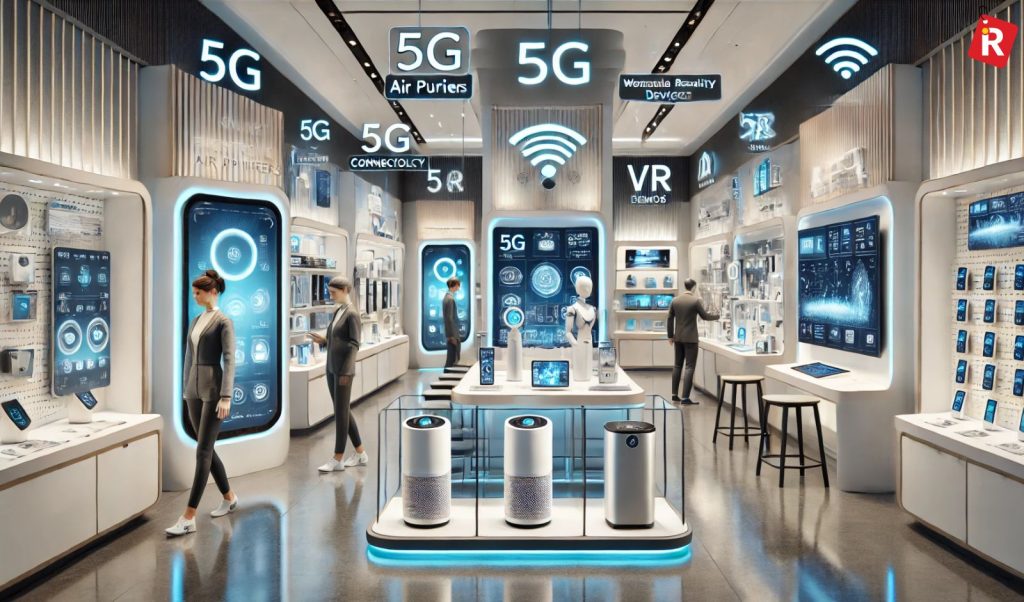
AI’s Role in Creativity
Another frontier in the evolution of digital craftsmanship is the integration of artificial intelligence (AI). AI technologies are increasingly being utilized to enhance creative processes, automate repetitive tasks, and even generate content. For example, platforms like DALL-E generate images from textual descriptions, enabling artists to visualize concepts quickly and explore ideas without extensive manual inputs.
The incorporation of AI can significantly streamline workflow, allowing creators to focus on the more intricate aspects of their work. As these technologies develop, they are reshaping the landscape of artistry, presenting new techniques artists had not previously considered, and inspiring innovative approaches to traditional forms of creative expression.
Embracing Change in Digital Craft
As the line between traditional craftsmanship and digital innovation continues to fade, there are boundless opportunities for creators from varied backgrounds. This digital transformation not only democratizes access to sophisticated tools but also promotes experimentation and encourages artists to explore uncharted territory. It is critical for creators to stay informed about emerging tools and trends to successfully navigate this competitive environment.
The digital craftsmanship landscape is as vibrant as it is dynamic. By keeping abreast of these advancements and understanding their implications, creators can leverage new solutions to elevate their projects, ultimately influencing the artistic landscape in profound and meaningful ways.
DISCOVER MORE: Click here to unlock your creative potential
Transformative Digital Tools
The realm of digital craftsmanship is burgeoning, propelled by tools that not only enhance artistic capabilities but also redefine the concept of creativity itself. Among the most notable of these tools is Adobe Creative Cloud, a suite of applications that has become the industry standard for graphic design, photo editing, and video production. Applications like Photoshop and Illustrator enable artists to create complex visuals, while Premiere Pro revolutionizes video editing, allowing creatives to bring their stories to life seamlessly.
Meanwhile, Blender has emerged as a game-changer in the world of 3D modeling and animation. This open-source platform stands out due to its powerful features, and its accessibility fosters a vibrant community of creators who share their work and knowledge. From indie game developers to students learning the ropes of animation, Blender serves as a critical intersection for innovation and collaboration.
Procreate, an iPad application, has further democratized illustration by providing a tactile and intuitive interface that appeals to both professional and budding artists. Its blend of traditional techniques with a digital format fosters endless experimentation, allowing users to push the boundaries of what is possible with digital art.
Collaborative Landscapes
The evolution of digital craftsmanship is not just about individual creativity; it also emphasizes collaboration. Platforms such as Behance allow artists to showcase their work and receive feedback from a global audience, while communities on Discord facilitate real-time conversation and collaboration on projects. These online spaces transform the way creators interact, fostering a spirit of collective growth where critiques and encouragement fuel artistic journeys.
Take, for instance, the thriving community of graphic designers on Behance. They regularly host virtual challenges that encourage peer feedback and collaboration, leading to a rich exchange of ideas. This facilitates not just individual improvement but also a communal sense of advancement, where the achievements of one can inspire another.
The Impact of Social Media on Digital Craftsmanship
The emergence of social media platforms has further transformed digital craftsmanship. Sites like Instagram and Pinterest have become virtual galleries, showcasing creatives’ work to a global audience. This visibility enables artists to connect with potential clients and collaborators, effectively building their personal brands. Additionally, these platforms often harness algorithms to curate content that advocates for diverse visibility, offering artists an informative understanding of consumer preferences.
Moreover, social media creates opportunities for educational content and tutorials, helping creators learn new skills or improve existing ones. Some popular online creative events, such as Inktober or VFX Challenge, have found their origins in the social media realm, encouraging participation across different demographics.
Key Social Media Trends Influencing Digital Craftsmanship
- Short-form Video Content: Platforms like TikTok have popularized bite-sized tutorials and behind-the-scenes looks at the creative process, appealing to a younger audience.
- Live Streaming: Creatives can showcase their work in real-time, receiving instant feedback from their audience while building a stronger community around their craft.
- Hashtag Challenges: Participating in trending challenges can quickly increase visibility, enabling creators to reach wider audiences and engage with like-minded individuals.
As the landscape of digital craftsmanship continues to evolve, understanding these trends becomes essential for modern creators looking to navigate a competitive market while simultaneously expressing their unique styles. The interplay between technology and artistry creates a vibrant environment ripe for exploration and innovation.
The Tools Shaping Modern Digital Craftsmanship
As digital craftsmanship evolves, innovative tools play a pivotal role in enhancing creativity and efficiency. From advanced design software to collaborative platforms, modern creators have access to a plethora of resources that facilitate their artistic expressions. Moreover, the rise of AI-powered design tools has revolutionized the process, allowing creators to explore new ideas and streamline their workflows. For instance, tools such as Adobe Sensei enhance image editing by predicting user actions, which not only saves time but also unlocks new creative possibilities.
Collaboration in the Digital Age
The modern creator often collaborates across various domains, and technology significantly eases this process. Cloud-based platforms like Figma and InVision enable designers to work on projects simultaneously, regardless of geographical barriers, thus fostering an environment of innovation and rapid prototyping. In addition, social media platforms serve as a space for artists to showcase their work, receive feedback, and engage with other creative minds globally.
Trends Influencing the Future of Digital Craftsmanship
Emerging trends are continually redefining what it means to be a creator in the digital space. The integration of 3D printing and virtual reality (VR) into the creative process allows for unprecedented interactive experiences. Creators can now design 3D models and simulate environments, immersing audiences like never before. Furthermore, the growing interest in sustainability is leading to eco-friendly materials and practices, challenging creators to innovate responsibly.
| Category 1 | Category 2 |
|---|---|
| Innovative Tools | AI-powered design software enhances creativity and efficiency |
| Collaborative Technologies | Cloud platforms streamline teamwork across distances and disciplines |
As we observe the interplay of technology and trendy methodologies within the world of digital craftsmanship, the horizon appears expansive for the modern creator. By embracing these tools and trends, artists can push boundaries and redefine the landscapes of their crafts.
DISCOVER MORE: Click here to dive into relaxation crafting techniques
Emerging Technologies Shaping the Future
The realm of digital craftsmanship is witnessing a rapid transformation, with emerging technologies playing a crucial role in shaping the way creators express themselves. Among these advancements, Artificial Intelligence (AI) has emerged as a powerful ally for modern artisans. AI-powered design tools, like DALL-E and Runway ML, enable creators to generate unique artwork, graphics, and even music by simply inputting a few parameters. This not only streamlines the creative process but also allows artists to explore new possibilities that may have been previously unimagined.
Moreover, AI can analyze vast amounts of data to help creators understand market trends and preferences, empowering them to create work that resonates with audiences. By harnessing such capabilities, artists can stay ahead of the curve and refine their approaches to remain relevant in a dynamic landscape.
The Role of Virtual and Augmented Reality
Virtual Reality (VR) and Augmented Reality (AR) are also revolutionizing the way digital craftsmanship is experienced. Platforms like Tilt Brush, which allows artists to literally paint in a 3D space, create immersive experiences that redefine creativity. The inclusion of AR tools enables artists to enhance their projects by layering digital elements over the physical world, enriching the viewer’s experience. These technologies not only expand the artistic canvas but also invite audiences to interact with art in unprecedented ways, thus enhancing viewer engagement and participation.
Craftsmanship in Gaming: The Intersection of Art and Technology
The gaming industry stands as a powerful testament to the evolution of digital craftsmanship, where art and technology converge seamlessly. Titles such as Fortnite showcase not just gameplay but also the artistic creations of developers and players alike. The frequent collaborations with well-known artists and brands, including the infamous in-game concerts, demonstrate how digital art can create cultural moments that resonate widely.
Furthermore, game engines such as Unreal Engine and Unity are becoming accessible to a broader audience, allowing aspiring creators to develop their own games. These tools empower creators—from hobbyists to industry professionals—to bring their visions to life without the traditional barriers of entry. Schools and online courses are increasingly adopting these technologies to teach students how to blend artistry with programming skills, equipping the next generation of digital creators.
Nurturing the Skillset of Tomorrow
As the digital landscape progresses, the skillset required for success in creative fields is also evolving. Upskilling has become paramount, with creators seeking to adapt to an ever-changing environment. Educational platforms, such as Skillshare and MasterClass, have risen in popularity, offering courses on everything from fundamental design principles to advanced AI integration in digital craftsmanship. These online resources provide aspiring artists the tools and knowledge to hone their skills at their own pace, bridging the gap between traditional craftsmanship and cutting-edge innovations.
Furthermore, workshops and meetups—whether virtual or in-person—are essential fertile ground for networking and community-building. They serve as spaces for knowledge exchange, enabling creators to collaborate and share insights while staying updated on emerging trends and techniques.
In summary, the evolution of digital craftsmanship is a testament to the dynamic interplay of technology, art, and community. By embracing innovative tools and trends, modern creators can continually redefine their craft while paving the way for future generations of artisans in the growing digital landscape.
DISCOVER MORE: Click here to learn about relaxation crafting techniques
Final Thoughts on Digital Craftsmanship
The journey of digital craftsmanship illustrates a remarkable synthesis of creativity and technology, paving the way for modern creators to push the boundaries of their artistic expression. As we stand on the cusp of further innovations, the tools and trends emerging today are not just enhancing creativity; they are redefining what it means to be an artisan in the digital age. From the adoption of Artificial Intelligence that personalizes design processes, to the immersive realms offered by Virtual Reality and Augmented Reality, digital creators are being equipped with an arsenal that fosters limitless exploration.
Additionally, the convergence of gaming and digital craftsmanship serves as a testament to how art, interactivity, and technology can coalesce to create compelling experiences. As platforms provide greater access to robust game development tools, a new generation of artists is emerging, blending artistic vision with technical expertise. This enhances the importance of fostering a community spirit where collaboration thrives, pushing the creative envelope further.
As we look ahead, it is crucial for creators to embrace continuous learning, adapting to the evolving landscape through upskilling and networking opportunities. The synergy between traditional craftsmanship and innovative technological advancements signals a vibrant future that invites further inquiry and exploration. By remaining curious and flexible, modern creators will not only adapt but thrive, shaping the culture of digital craftsmanship for years to come. In this exciting era, the possibilities are endless, encouraging all creators to embrace their digital journey with enthusiasm and creativity.
